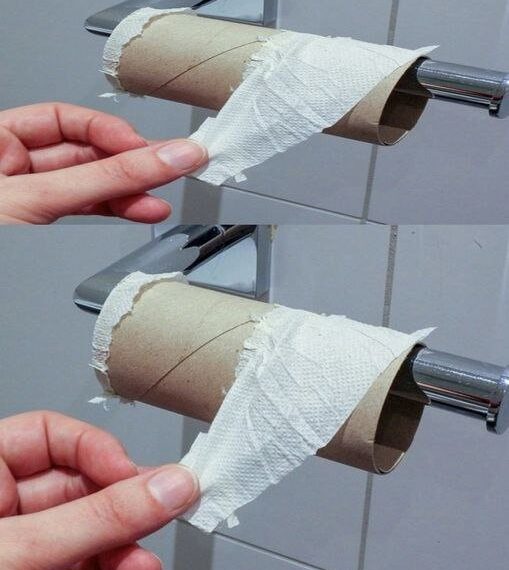As awareness about environmental issues grows and resources become scarcer, the future of toilet paper is being scrutinized. While it has been a household staple for generations, many people are starting to consider alternatives that could potentially replace it. This article explores various options that may lead us into a new era of personal hygiene.
1. The Rise of Bidets
Bidets have been an essential part of bathroom culture in many countries, particularly in Europe and Asia, for decades. They offer a hygienic way to clean oneself after using the toilet, using a gentle stream of water.
- Benefits: Bidets not only reduce the need for toilet paper but also promote better hygiene. Water is often considered more effective than paper at cleaning. Additionally, bidets can help individuals with mobility issues or health conditions that make wiping difficult.
- Modern Innovations: Today’s bidets come equipped with various features like heated seats, adjustable water pressure, temperature control, and air dryers. Some models even have built-in deodorizers and night lights, making them increasingly appealing to consumers.
2. Reusable Cloths
The concept of reusable cloths for personal hygiene is gaining traction, particularly among environmentally conscious consumers. Often referred to as “family cloth,” these reusable options are made from soft fabrics and can be washed and reused.
- Eco-Friendly: Using cloths can significantly reduce waste and the environmental impact associated with producing toilet paper. A single roll of toilet paper contributes to deforestation, water consumption, and carbon emissions during manufacturing and transportation.
- Hygiene Considerations: While reusable cloths can be a sustainable choice, they require a commitment to cleanliness. Users must establish a proper system for washing and storing the cloths to ensure hygiene.
continue reading in page 2




